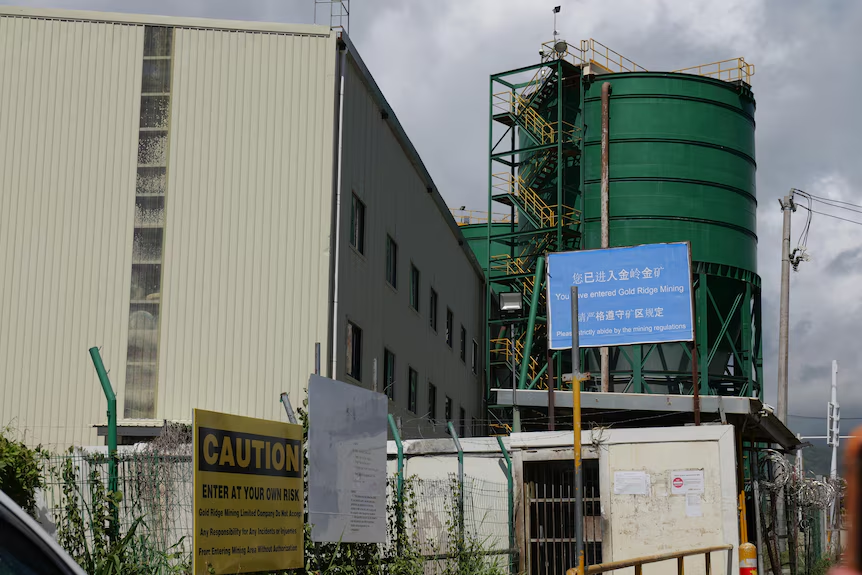China’s growing footprint in the Pacific region isn’t just about generous aid or diplomatic goodwill — it’s deeply rooted in survival and power projection.
With domestic demand cooling and Western tariffs putting pressure on exports, Beijing has no choice but to push its industrial surplus outward.
At its core lies a compelling urgency: China is running more factories than it can supply.
Its growth targets remain tethered to state-owned enterprises and central planning — even as the population ages and global demand wanes.
To keep its economic engine roaring, China has found a new frontier: the vast, resource-rich, politically fragmented Pacific region.
China’s Ambitious Strategy in the Pacific Region
From roads and mines to ports under construction across the Pacific region, what appears as overseas infrastructure support is in fact an ambitious strategy.
China is converting its domestic weakness into global leverage.
Industrial overcapacity at home is being redirected into “infrastructure diplomacy” abroad.
A system built on hierarchical control becomes a competitive advantage in regions where bureaucracy slows progress.
Combined with decades of experience in poverty-reduction and narrative crafting, Beijing is now an effective storyteller for many island nations.

A new model in action
In August, the Solomon Islands’ Prime Minister Jeremiah Manele described the expansion of the Gold Ridge Mine — a Chinese-backed SBD $6 billion investment — as “the beginning of a new chapter”.
According to the official projection, the mine could bring in about SBD $7.5 billion in annual revenue, SBD $2 billion to government coffers, and generate over 4,000 jobs.
This example reflects how China’s so-called “new” approach differs from past involvement.
Chinese state-owned enterprises, backed by the party-state mechanism, can mobilise funding, labour, and approvals swiftly — often circumventing years of political debate.
They operate where governance is weak and relationships matter more than rules.
Why China is gaining influence in the Pacific Region
China’s impact in the Pacific region is striking not because it offers more, but because it acts faster, demands less (apart from issues like Taiwan), and ensures its presence is tangibly visible.
Western powers such as the United States and Australia link support to transparency or human-rights benchmarks. China emphasises infrastructure: mines, ports, roads, stadiums.
China is also broadening its Pacific ties from economics into security.
For example, it recently hosted a ministerial dialogue on law-enforcement and police cooperation with Pacific island nations.
6 Years of Diplomatic Relations with the Solomon Islands
At celebrations marking six years of diplomatic relations with the Solomon Islands, China’s ambassador reinforced Beijing’s image as a “responsible major power” that builds, rather than divides.
Yet behind every kilometre of road and every mining deal lies political purpose — diplomatic leverage at the United Nations, and the steady isolation of Taiwan.
The Pacific region may appear small on the world map, but its dozen or so UN member-states possess collective weight that Beijing values.
In short: China’s rise in the Pacific is less philanthropy and more strategic calculation — turning industrial overcapacity into geopolitical influence.


